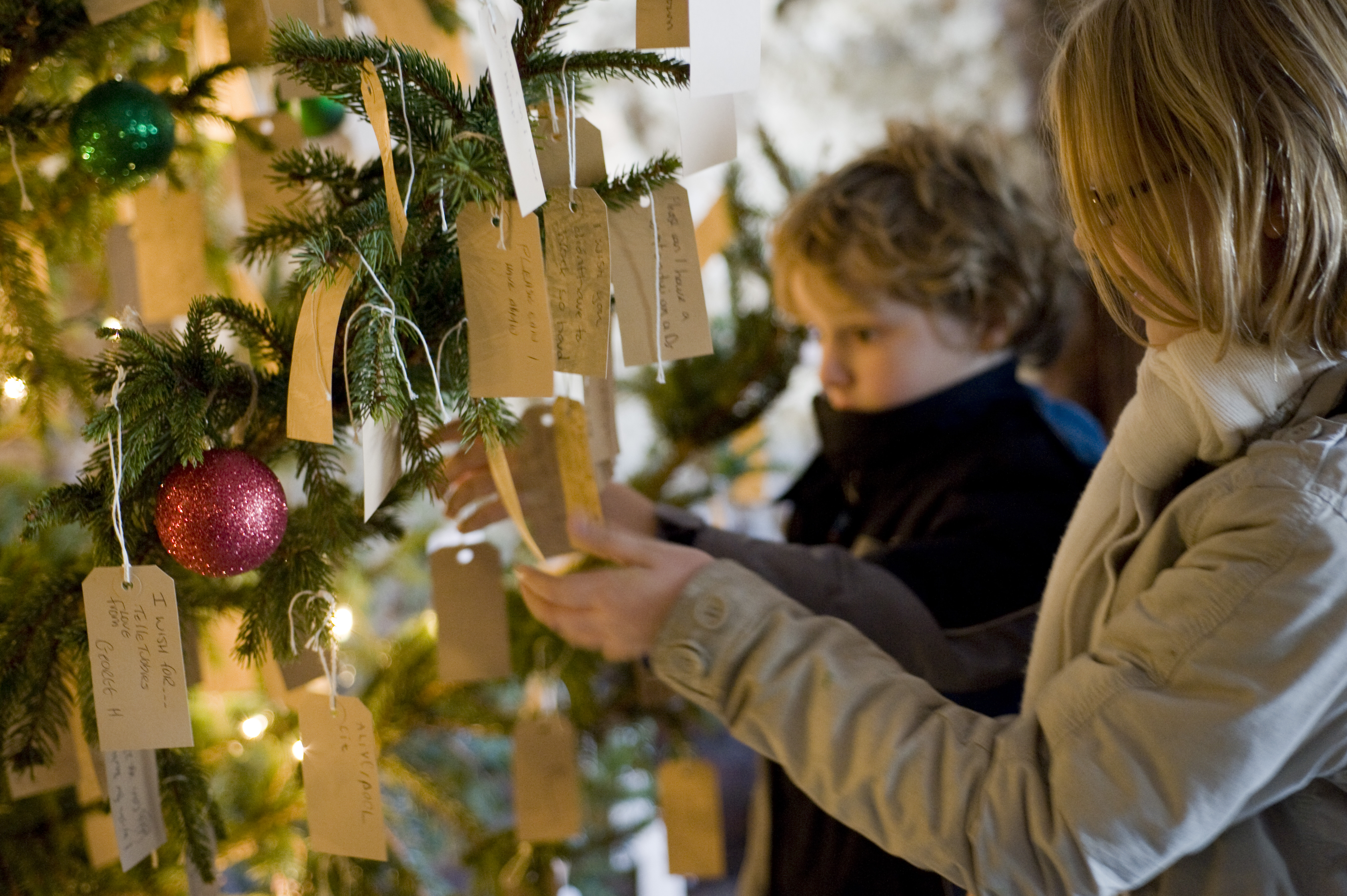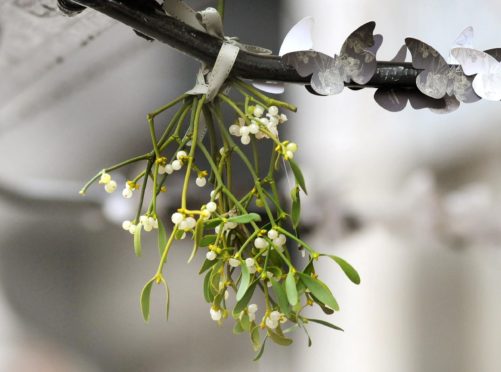The presence of mistletoe and real Christmas trees in homes across the UK appears to be on the wane, according to a new survey about festive traditions.
Ahead of the National Trust launching a nationwide survey to discover which Christmas customs are losing their appeal and which are growing in popularity, the conservation charity has asked some of its members about their own traditions in a short preliminary study.
Nearly a third (31%) of those who took part in the poll said they no longer hang mistletoe, and more than half (52%) have stopped using real Christmas trees in their homes.
A third (32%) also said they no longer put coins in their Christmas pudding.
However, there has been a rise in the popularity of Christmas markets, with 42% of those questioned saying they have recently started to visit them.
In addition, almost a quarter (23%) of National Trust members who took part in the survey said they have started making a seasonal donation to charity.
The Trust is keen to learn more about seasonal customs across the UK, particularly “unusual, historic traditions or new habits people are forming” at this time of year with family and friends.
They also want to know if carol singing is still popular, and whether alternative festive dinners are a popular “new” tradition.
Sarah Kinnersley, the National Trust’s seasonal programming manager, said: “We know from what our visitors tell us that the personal traditions they share with family and friends are really important at this special time of year. One of the traditions we see is people coming together from their often far-flung homes to meet at National Trust places.
“When our houses have ‘tradition’ or ‘wish’ trees, it’s very touching to see the breadth of experiences that visitors write and hang on them. People love this opportunity to add their traditions, and to read about those of others.”

While the Trust has several of its own traditions, such as the great Christmas garland hung in the Tudor hall at Cotehele in Cornwall, its members have told the charity that they are interested in starting new rituals.
Ms Kinnersley added: “That interest in re-imagining Christmas is reflected in some of our newer festive events. At some Trust places, families can find ‘reverse grottoes’ where they can give, rather than receive, gifts, and meet a green Father Christmas, instead of the better known red one.
“We’re looking forward to hearing from people and we hope that, by joining this conversation, people can help create a kind of ‘virtual’ tradition tree.”
People are invited to share their Christmas traditions on the National Trust’s social media channels – @NationalTrust – from December 1.
